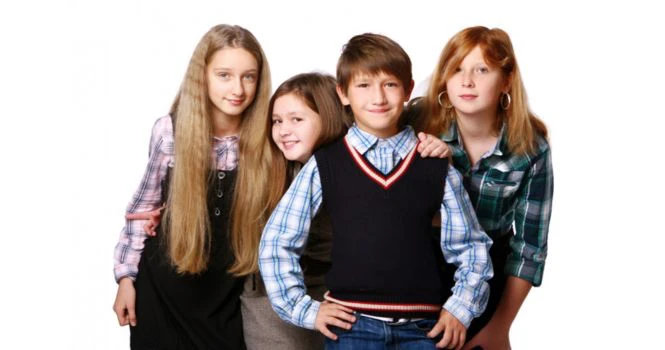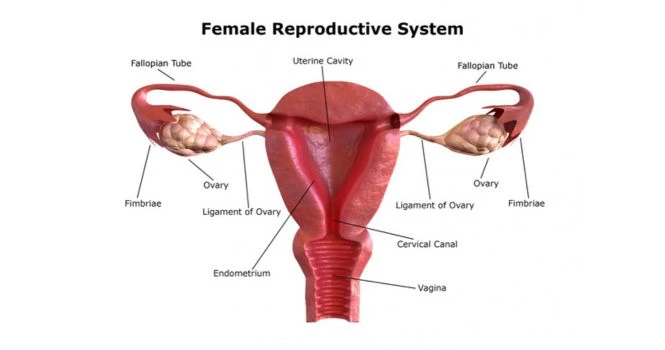Puberty is a very important and life-changing time for both a parent and a child, and is nothing to feel afraid about. It is a healthy part of growing up and is a natural change that happens to both girls and boys as they develop.
What is Puberty?
Puberty refers to the time when the body of a child matures physically and emotionally to that of an adult capable of sexual reproduction. Children begin to go through puberty between the ages of 8 and 14. Girls often start going through puberty earlier than boys.
Puberty begins in response to certain hormonal signals from the brain to the reproductive glands: ovaries in a girl, the testes in a boy. During puberty the child’s body undergoes a transformation at an accelerated rate and it is important for parents to be there for them as they go through these changes.
Puberty in Girls:
With the many lifestyle changes that have contributed to better nutrition resulting in rapid body growth, girls today are reaching puberty faster in the 21st century as opposed to girls in previous centuries.
Today it has been observed that, on average, girls begin puberty around the ages 10-11 and end puberty around 15-17. With the onset of puberty, the breasts develop and shortly after, menstruation begins. Body hair begins to grow in places like under the arms and in pubic areas and girls grow taller.
Girls go through a growth spurt of about 5-7.5cm (approximately 2-3 inches) Body shape changes as more body fat develops along the upper arms, thighs and upper back. The hips grow wider and the waist becomes narrower.
Order of appearance of secondary sexual characters in females are as follows,
- Appearance of breast buds
- Appearance of Pubic Hair
- Underarm or axillary Hair growth
- Peak growth in height
- Menarche
The many changes that happen during puberty may be attributed to the production of progesterone and oestrogen – levels of which become significantly high at this time.
Progesterone thickens the uterine lining in preparation for a fertilised egg to implant. If this does not happen, the lining breaks and is discharged in the form of the menstrual bleeding.
Oestrogen stimulates the growth of the female sex organs – the ovaries, fallopian tubes, uterus and vagina. The external genitalia (Labia minora and labia majora) also become bigger in size at this time. Oestrogen also contributes to the development of breasts and in bone growth.
Puberty in Boys:
For boys puberty strikes as early as 10 years and as late as 14-15 years. The first signs of puberty in boys include their testicles get bigger, the scrotum thins and reddens and pubic hair appears at the base of the penis (which soon progress to the inner thigh). As puberty progresses the testicles grow even more and the scrotum becomes darker, enlarges, thins and hangs low.
Boys experience their voice “breaks” and becomes permanently deeper. They become taller and undergo a growth spurt of 7-8cms (approximately 3 inches a year). Their bodies become more muscular.
One of the most marked changes that puberty brings on is the onset of facial hair and hair under the arms, chest and legs.
Boys may also experience some pains in the arms and legs as the muscles stretch to keep up with the growing bones. Swelling and tenderness around the nipples is also normal around this time and is caused by the hormone testosterone released during puberty.
Order of appearance of secondary sexual characters in males are as follows,
- The scrotum and testes enlarge in size
- Voice changes
- Lengthening of Penis
- Appearance of Pubic Hairs
- Facial Hair growth
- Underarm or axillary Hair growth
Boys may experience ‘ejaculation’ wherein sperm, which is a mix of sperm and other fluids, leave the body through the penis. This may happen in the night – often known as a ‘wet dream’ – and may be worrisome for some children who assume they may have wet the bed. Parents are advised to console the child and let him know that it is a natural part of growing up and that the frequency will reduce as he grows older.
Psychological Changes:
Once they have reached puberty there occurs a shift in thinking from concrete thinking to more abstract thinking. Your little girl who used to enjoy to enjoy playing with dolls will now begin to question your every action and instruction. Their increased sense of self-awareness will contribute to a tendency to rebel against the norms of society and their struggle to define themselves and forge their own identity.
Boys and girls seems moody and irritable at this time due to the sudden and fluctuating hormonal levels. Coupled with the obvious changes in their physical appearance. During puberty, the body tries to adjust to these fluctuations and these result in mood swings. Parents will need to be patient with their children at this time and consider their behaviour in proper perspective. Even if they resist, parents will need to continue to provide clear behaviour guidelines and enforce age-appropriate limits. A proper mixture of safety and freedom will help nurture young adolescents so they grow into wholesome individuals who are capable of making independent decision making.













